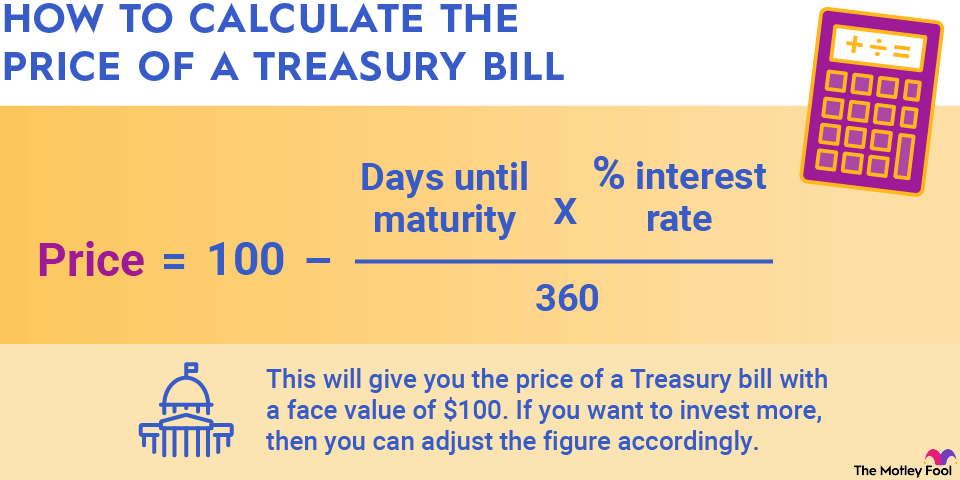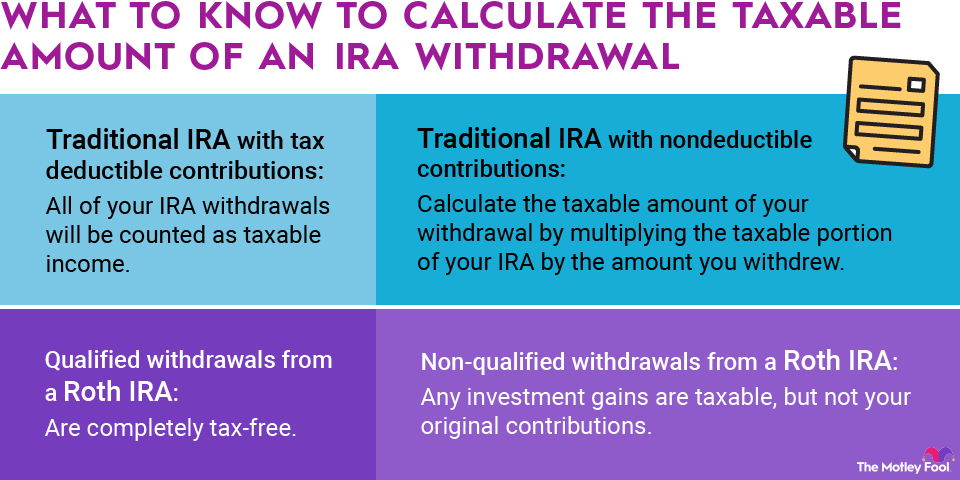When a company calculates its earnings over a certain period of time, it divides its profits by the number of outstanding shares. However, companies' outstanding shares can change over time as a result of newly issued shares, repurchased shares, exercised employee stock options, or several other reasons.
To most accurately reflect its earnings per share, we need to know how many shares there were during the entire period -- not just at the end. To do this, we need to calculate a weighted average of the company's outstanding shares over the time period.

What is a weighted average?
A weighted average is a way of taking the average of several numbers when a different "weight" is assigned to each one. A common example of a weighted average is calculating a grade point average for courses with different numbers of credit hours.
In most schools, an "A" is worth four grade points, a "B" is worth three, and so on. However, what happens when a student receives an A in a four-credit course and a B in a two-credit course? You can't simply average the A and the B to arrive at a 3.5 GPA -- the A was earned in a four-credit course, so it counts more. In this case, the credits become the "weight" used to determine the GPA.
Class Grade | Grade Points | Credit Hours (Weight) | Weighted Grade Points (Grade x Weight) |
|---|---|---|---|
A | 4 | 4 | 16 |
B | 3 | 2 | 6 |
Totals | 6 (total weight) | 22 | |
Grade points / weights | 3.67 |
To calculate the weighted average, you need to add up the total weighted grades (16 + 6 = 22), and divide by the total weight (4 + 2 = 6). When we do this, you arrive at a GPA of 3.67, which is more than the average of an A and a B, since the A carried more weight.
How weighted average is useful with stocks
Let's say that a company earned $100,000 this year and wants to calculate its earnings per share (EPS). At the beginning of the year, the company has 100,000 shares outstanding but issues an additional 50,000 halfway through the year, for an ending total of 150,000. Instead of computing EPS based on the ending number of shares, which would produce EPS of $0.67, a weighted average should be taken. After all, some of those earnings happened when there were fewer shares.
Shares Outstanding | Portion of Year | Weighted Shares | |
|---|---|---|---|
First six months | 100,000 | 0.5 | 50,000 |
Next six months | 150,000 | 0.5 | 75,000 |
Weights average number of outstanding shares | 125,000 |
With this weighted average, we can now calculate a different and more accurate EPS of $0.80 per share.
Bear in mind that this is a simplified example, and a company's number of outstanding shares can change several times during a year. However, the calculation method is the same as this chart.
Related investing articles
A clearer picture of earnings
To sum it up, a weighted average of a company's outstanding shares gives a more accurate picture of how much a company earned for its investors over a specified time period. It takes into account changes in the company's outstanding shares over time and better reflects how much profit the company produced per share.


















